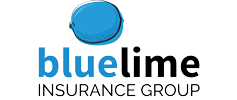Every business has to abide by certain standards in order to maintain its value, and stay in business. These standards are often regulated through inspections, much like how restaurants are subject to health inspections and how hotels have yearly audits. Homeowners’ associations and condominium associations are no exceptions. When associations submit insurance applications, they are usually required to undergo a loss control inspection.
So, what is a loss control inspection, and how should your board prepare for it?
What Even Is a Loss Control Inspection?
Loss control inspections are a part of the process in obtaining insurance coverage used by insurance underwriters to confirm the information included on an insurance application. An insurance underwriter, as defined by the International Risk Management Institute (IRMI), is “any individual in insurance who has the responsibility of making decisions regarding the acceptability of a particular submission and of determining the amount, price, and conditions under which the submission is acceptable.” Thus, underwriters utilize loss control inspections to validate the application your board submits for review and also identify any physical conditions or practices as potential risks that may not be disclosed on the initial application.
Usually, insurance policies include a provision to allow for loss control inspections as a way for the insurance provider to review a property for insurance values and exposures. Additionally, a loss control inspection could be requested in response to any increase in loss or any recent significant loss suffered by the association or to verify that the association is in compliance with recommendations the insurance company issued in order to rectify any potential risks for loss they previously identified.
Furthermore, loss control inspections can help determine ways to avoid or at least control accident or injury costs, lower insurance costs, and reduce productivity loss. How the inspection will go ultimately depends on the insurance coverage you’re seeking, as the inspection focus and questions will reflect the specifics of the desired policy. However, the inspections generally follow the same basic format.
What to Expect When You’re Expecting an Inspection
The inspector will verbally interview an on-site manager or board member, and then conduct a physical inspection of the common areas the association is responsible for managing. Generally, you can expect to be asked about the following:
- What the association is responsible for managing
- Buildings and/or units, as well as rental and/or vacancy rates, if applicable
- Any pending updates or repairs
- Status of capital improvements or contracted projects, if any
- Information regarding property management, as well as current financial situation
- Prior loss experience
- Number of losses and amount paid
- Causes for previous losses and prevention methods used in response
You may be wondering, “Wasn’t all of this covered in the application?” And you’re right. However, the inspector is looking for independent verification from you, as they probably don’t have a copy of this information on-hand. Additionally, the inspector will measure the buildings to be insured and assess their condition along with the condition of amenities, identifying any hazards.
Essentially, they’ll be looking for any red flags, and if they find any, after they send their report to the insurance carrier, they’ll send a letter recommending actions that the association can adopt to prevent or minimize any losses. Included will be a deadline for completing these recommendations or, for larger recommendations, creating a timeline for an action plan to rectify the issues.
Noncompliance can result in higher premiums and deductibles or even jeopardize your coverage altogether. So, it’s important to act quickly and inform your carrier as soon as possible.
How Should You Prepare?
Before the inspection, designate a representative for your association, whether it be a community manager or board officer. Make sure that they are familiar with information regarding the association’s amenities, board and developers, employees and volunteers, association-owned vehicles, management company, contracted services, tracking certificates of insurance (COIs) and contract procedures, association-specific responsibilities, prior loss history and loss reduction/prevention practices, potential exposures, and, if applicable, lease information, such as waivers, rental agreements, and number of tenants and vacant units. You may even want to collect records of risk prevention practices to provide to the inspector as well as a copy of site plans or building diagrams to cover all bases.
To make the inspection as efficient as possible, you could ask the inspector roughly how long they will need so that you can block off adequate time. Additionally, ensure that all information is easily accessible in order to expedite the process. This is also an opportunity to ask the inspector any questions you may have, so you’ll want to prepare those questions beforehand. You could also conduct your own pre-inspection to identify and solve any issues you may have before the inspector even comes onto the property.
Overall, a good inspection helps save time and money in the long run, as it can lower insurance costs and control your losses altogether. Success relies on proactivity!
If you have any further questions, feel free to reach out to us at Blue Lime and we’ll be ready to help!





